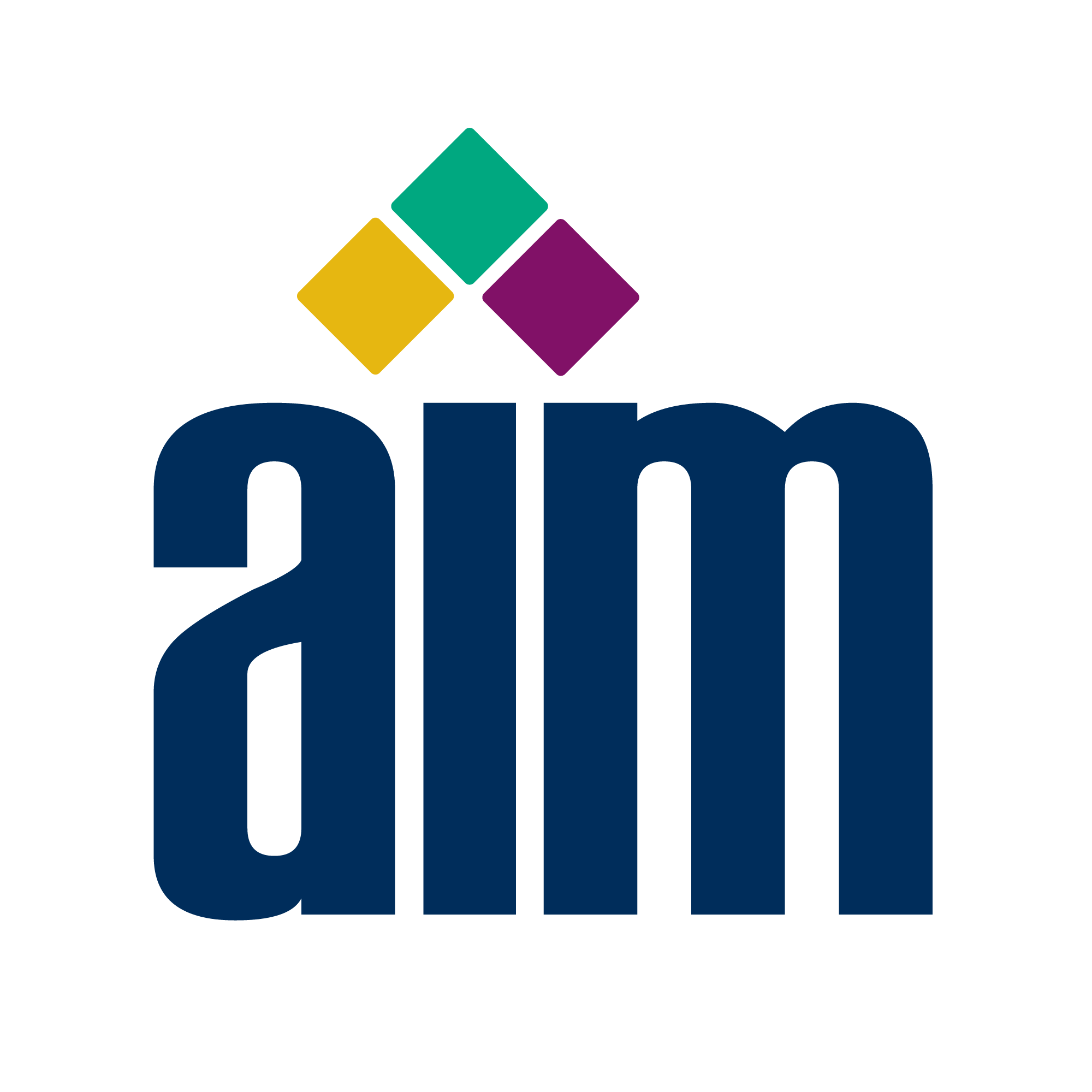AIM Launches Women of AIDC Industry Group: Empowering Women, Building Community & Leading Change
The world of Automatic Identification and Data Capture (AIDC) technologies is evolving rapidly, and with it, AIM wants to celebrate and move forward with further embracing diversity and inclusion. That is why AIM has taken a significant step forward in doing this by launching the Women of AIDC Industry Group—a dedicated initiative to celebrate, support, and empower women in the AIDC sector.
Why the Women of AIDC Industry Group Matters
For decades, women have been underrepresented in AIDC. However, recent years have seen an encouraging rise in the number of women stepping into influential roles. Recognizing this shift and the need for a supportive network, AIM formed a task force of women leaders within the association to explore ways to further connect women in the industry. The result of their efforts is the Women of AIDC Industry Group—a collaborative community focused on professional growth, recognition, and mentorship.
This group aims to:
- Foster a supportive community where women can network, share experiences, and access resources to advance their careers.
- Highlight and celebrate women’s achievements in AIDC through recognition campaigns.
- Provide mentorship opportunities for both emerging and established professionals.
- Offer educational resources such as industry insights, leadership training, and skill-building opportunities.
How to Get Involved
AIM invites the women interested in growing in this space to join this exciting initiative and be part of the movement that champions inclusivity and innovation in AIDC. Here’s some ways you can participate:
- Listen to the Women of AIDC Podcast Series – Gain inspiration from the career journeys, challenges, and insights of dynamic women across the industry.
- Visit the Women of AIDC Webpage – Stay updated on upcoming events, access educational materials, and find mentorship opportunities.
- Join the Conversation – Engage with AIM’s community through networking events, webinars, and industry discussions.
A Step Toward a More Inclusive Future
The Women of AIDC Industry Group aligns with AIM’s broader mission of fostering collaboration, education, and advocacy within the industry. By highlighting the contributions of women and providing them with the tools and connections they need to succeed, AIM is paving the way for a more diverse, innovative, and inclusive future.
